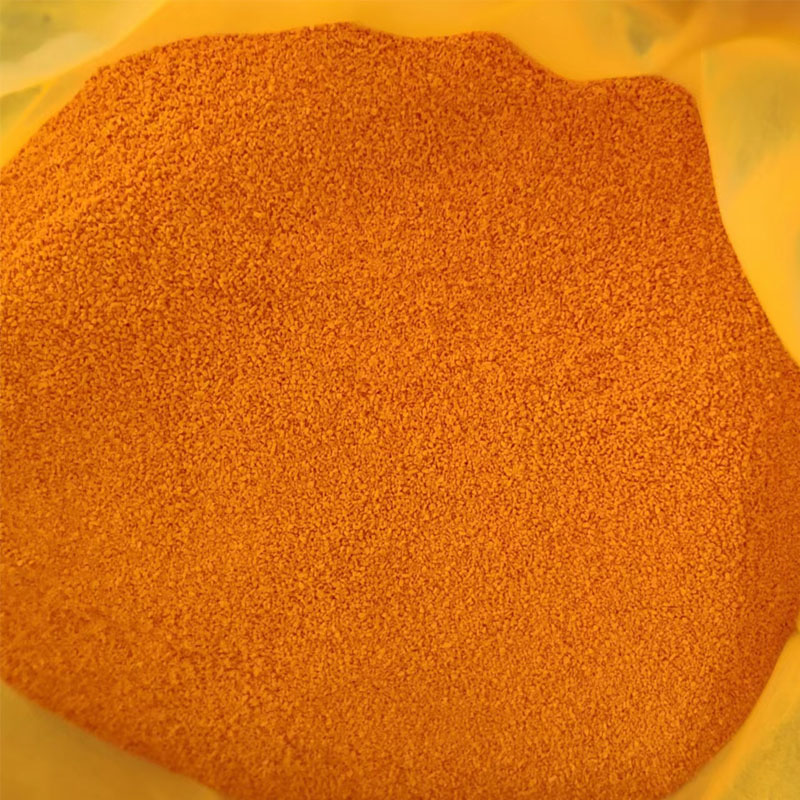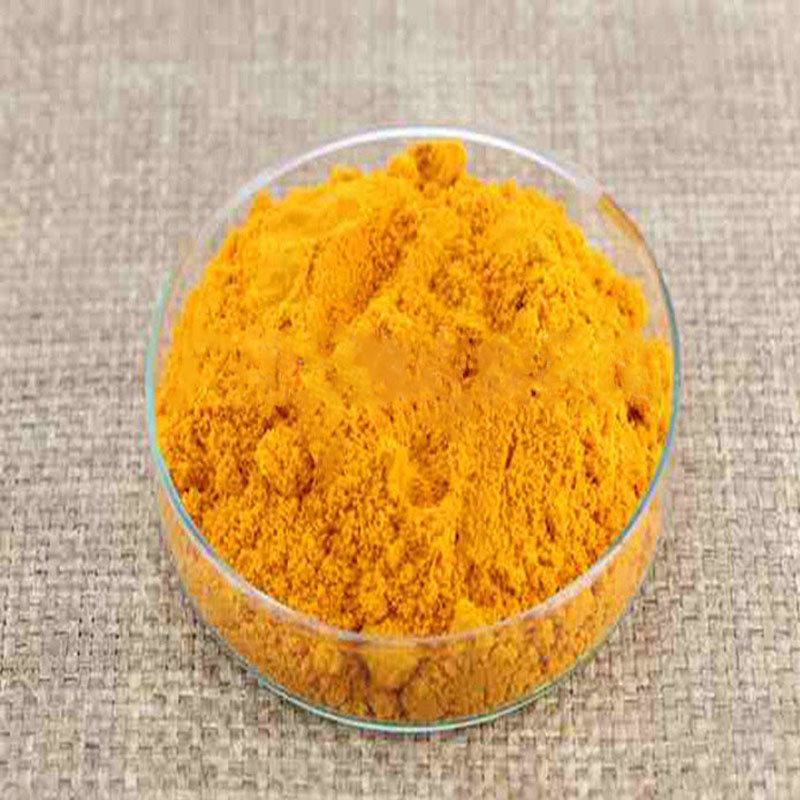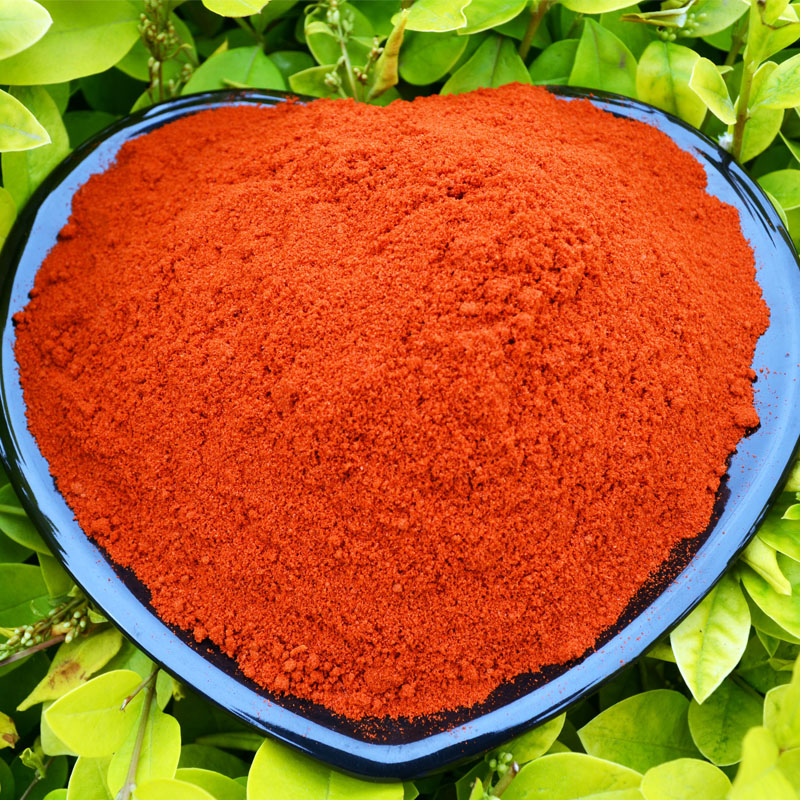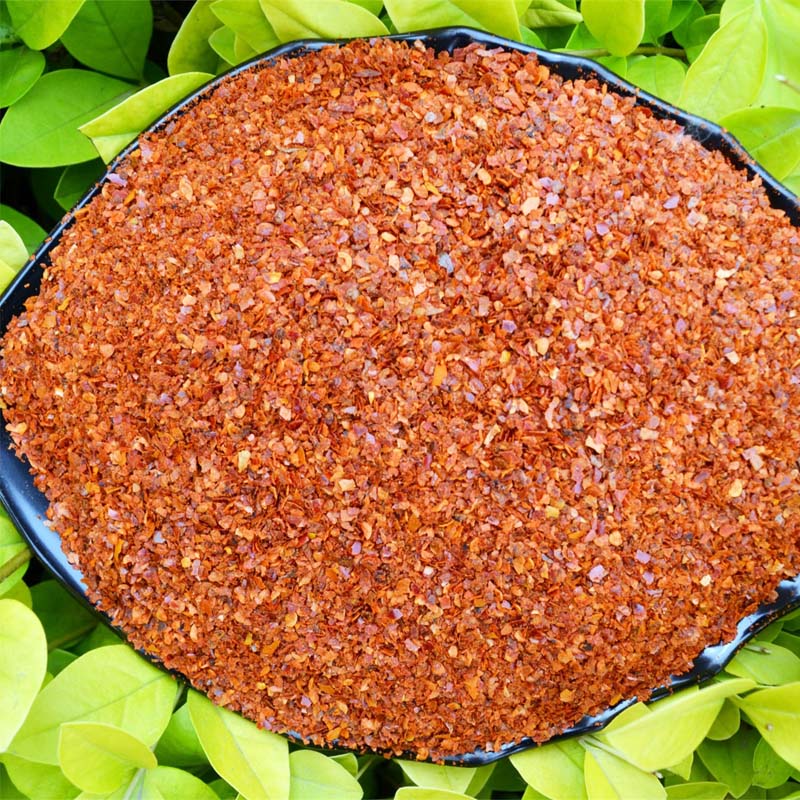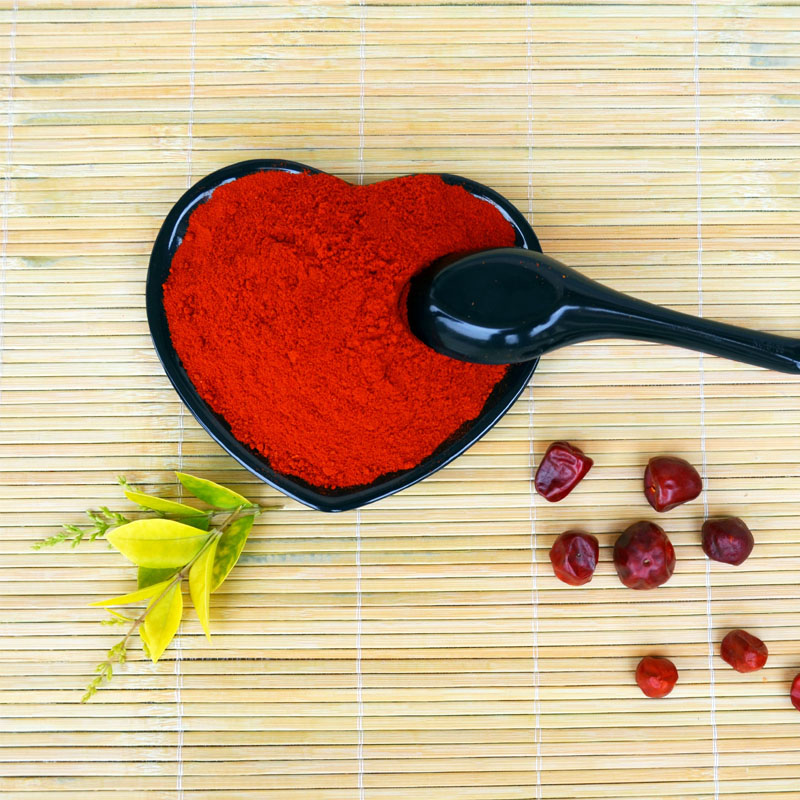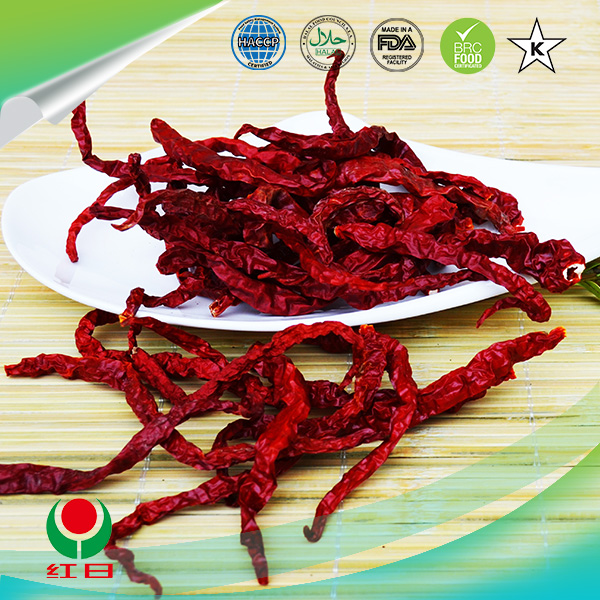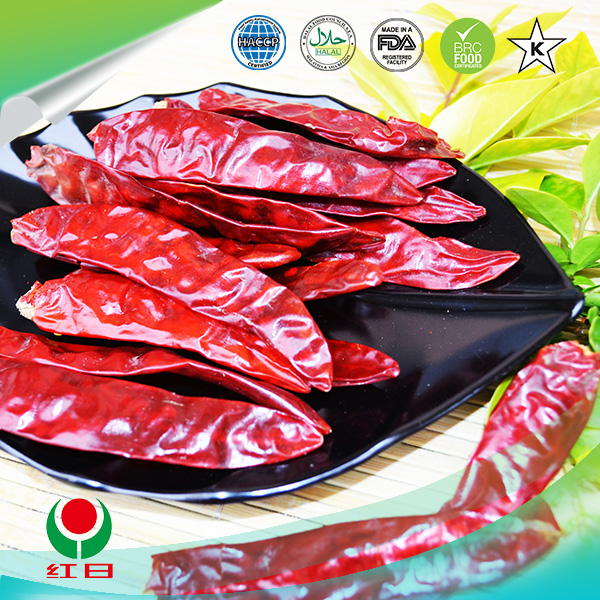- br. 268 Xianghe Street, zona ekonomskog razvoja grada Xingtai, Hebei 054001 Kina
- Byron@hbhongri.cn
The Paprika: A Touch Of Vibrant Red In Color, Flavor, And Culture
The Paprika, Also known as Hungarian chili powder, it is a widely used spice worldwide, and its bright colors and unique flavor make it play an important role in the culinary field. From Hungarian stewed beef to Spanish seafood rice, from Moroccan tagi pots to Korean kimchi, The Paprika adds a touch of fresh red and unforgettable flavor to dishes around the world with its diverse varieties and uses. This article will explore the characteristics, flavor variations, and applications of The Paprika in different cultures.
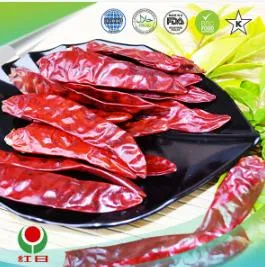
The Paprika is made from dried and ground red chili peppers
The variety, maturity, and processing method of chili determine the final flavor and color of cayenne pepper and paprika. The flavor of chili powder varies significantly among different regions and varieties. For example, Hungarian chili powder is known for its sweetness, aroma, and slight spiciness, while Spanish Piment ó n typically has a smoky flavor. This diversity provides chefs with a wide range of choices, allowing them to choose the most suitable chili powder based on the specific needs of their dishes.
The flavor changes of The Paprika are also quite complex
In addition to the spicy degree, a paprika can also provide sweet, fruity, earthy and smoky flavors. This complexity stems from the various compounds contained in chili peppers, including capsaicin (responsible for spiciness), carotenoids (responsible for color), and volatile aroma components. During the cooking process, the flavor of The Paprika will change with temperature and time. Moderate heating can release its aroma, while excessive heating may lead to bitterness. Therefore, the correct usage method is crucial for fully showcasing the flavor of The Paprika.
The Paprika plays different roles in different cultures
In Hungary, it is an important component of the national dish stewed beef, giving it its iconic red color and unique flavor. In Spain, ljuta paprika u prahu is the base spice for many dishes, such as seafood rice and Spanish sausage. In Morocco, it is an important seasoning for traditional dishes such as Taji pots. Even in some Asian countries, such as South Korea, The Paprika has become a key ingredient for fermented foods such as kimchi, providing flavor and color. These different applications demonstrate The Paprika's adaptability and broad cultural values.
In summary, sparsh chilli powder is not just a simple spice, but also a symbol of color, flavor, and culture. Its diverse varieties, complex flavors, and wide range of uses make it an indispensable ingredient for chefs worldwide. Whether it's enhancing the color of dishes, adding layers of flavor, or expressing respect for specific cultures, The Paprika has contributed to the art of cooking in its unique way. It continues to be popular around the world, proving its enduring charm as a classic spice.
The Paprika FAQs
What is The Paprika? What is the difference between it and regular chili powder?
Answer:
The Paprika is a spice made by drying and grinding specific varieties of red bell peppers (such as Spanish Piment ó n or Hungarian bell peppers), with a bright red color and flavors ranging from sweet to slightly spicy.
difference:
Spiciness: Ordinary chili powder (such as Cayenne) is usually spicier, while The Paprika is mostly sweet or mild in spiciness (with the exception of Hungarian spicy The Paprika).
Usage: The Paprika is commonly used to enhance color and flavor, while chili powder is mainly used to add spiciness.
What are the classic applications of The Paprika in cooking?
Answer:
Hungarian cuisine: Goulash stew, chili sauce.
Spanish cuisine: Smoked The Paprika (Piment ó n) is used for Paella seafood and Chorizo sausages.
Seasoning: Sprinkle on baked potatoes, popcorn, eggs, or dipping sauces (such as garlic sauce).
Decoration: Adding color to cream soup, salad, or grilled meat.
What is the difference between Smoked The Paprika and regular The Paprika?
Answer:
Craftsmanship: The Paprika is smoked and dried with oak, giving it a unique smoky flavor; Ordinary Paprika is only sun dried or dried.
Flavor: Smoked type is suitable for grilling, beans or meat, while regular type is suitable for light dishes.
Classification: Piment ó n in Spain is divided into three types: sweet (Dulce), medium spicy (Agridulce), and spicy (Picante).
How to store The Paprika to maintain its flavor?
Light proof sealing: Ultraviolet rays can accelerate flavor loss, it is recommended to store in dark glass jars or original packaging.
Cool and dry: Keep away from the stove and high temperatures, and can be refrigerated to extend the shelf life (about 12 years).
Check freshness: If the color darkens or the aroma weakens, it may have expired.
Does The Paprika have nutritional value?
Vitamins: Rich in vitamin A (beta carotene), vitamin E, and a small amount of vitamin C.
Antioxidants: Contains Capsanthin, which helps with anti-inflammatory effects.
Low calorie: Approximately 6 calories per teaspoon, suitable for a healthy diet.
-
Capsicum frutescens oleoresin – High Purity, Food GradeVijestiNov.17,2025
-
Capsicum Frutescens Oleoresin – Natural Heat & FlavorVijestiNov.17,2025
-
Peppereka Powder – Fresh, Vibrant Color & Sweet AromaVijestiNov.17,2025
-
Paprika Oleoresin | Natural Red Color, Heat & Flavor BoostVijestiNov.17,2025
-
Pure Turmeric Extract 95% Curcumin | Potent, Lab-TestedVijestiNov.17,2025
-
Red Papper Pods – Premium Sun-Dried, Bold Heat & AromaVijestiNov.10,2025
